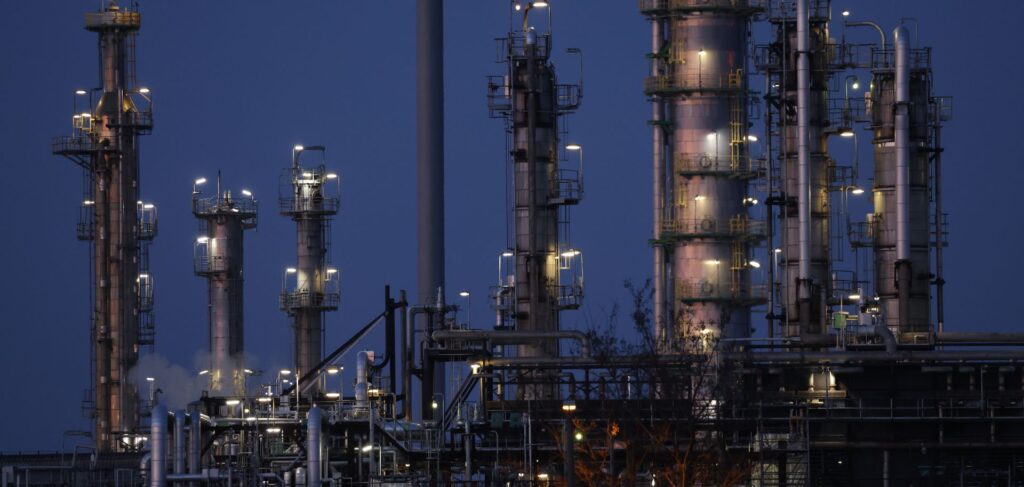
In the past couple of weeks, a Russian court threw out the 30-day suspension of shipments through the Caspian Pipeline Consortium’s conduit that carries mostly Kazakhstani crude to an export terminal on Russia’s Black Sea coast. The suspension, which I wrote about, would have removed as much as 45 million barrels of crude from global supplies, with a value of more than $4.5 billion. But the fine imposed on the company in place of the suspension was a mere 200,000 rubles, equivalent to $3,200.
The successful appeal was undoubtedly a victory for the pipeline company and a relief for European refiners. But for the government of Kazakhstan and the foreign oil companies operating there, the threat of future disruption hasn’t gone away.
Flows through the CPC system have already been interrupted twice since Russian troops invaded Ukraine on Feb. 24. In late March, the terminal was partially shut for a month after a storm reportedly damaged two of the three loading buoys. Then in mid-June, loadings were again suspended from two moorings for a survey of the surrounding water area, which led to the discovery of a number of World War II mines. A skeptic might have expected mine removal to have been a priority when the buoys were first installed.
Of even greater concern for European nations, the Kremlin’s hand has been firmly in control of Russia’s gas flows. For most of last year, deliveries were running at about 400 million cubic meters a day. That abruptly fell by about 25% as winter approached, with flows slashed on the Yamal-Europe pipeline through Poland. They dropped again in January, when volumes sent via Ukraine were also severely curtailed. By June, total pipeline gas flows from Russia to Europe were down to about 40% of normal levels, dropping below 20% in the past two weeks, with the Nord Stream pipeline halted for annual maintenance.

Fears that the line directly linking Russia to Germany wouldn’t restart once the work was finished have been allayed — for now. Shipments along the route resumed on July 21, but President Putin was quick to warn that they could fall again within days unless a turbine sent to Canada for servicing is returned before one of the others on the line is taken out of service.
The threat of disruptions to gas flows remains very real.
And then there’s the deal to allow shipments of grain from Ukraine’s Black Sea ports. While any agreement to restore these vital exports is to be welcomed, be under no illusion that they can’t be halted again at any time. Theft of Ukrainian grain by Russia is well documented, so too is the wanton destruction of crops in the fields.
Just like the nuclear missiles Putin and his henchmen keep threatening to use, much of the leverage gained by Russia’s ability to cut off food and energy exports lies in the uncertainty created by the possibility of their use, rather than in their actual employment. Once used, though devastating, the threat has gone. By holding them in reserve, the pressure can be maintained almost indefinitely.
Expect Russia to keep threatening oil, gas and agricultural flows as winter approaches, even if it doesn’t curtail them.
Source:Is Russia Letting Up on Energy? Don’t Trust Putin – The Washington Post
